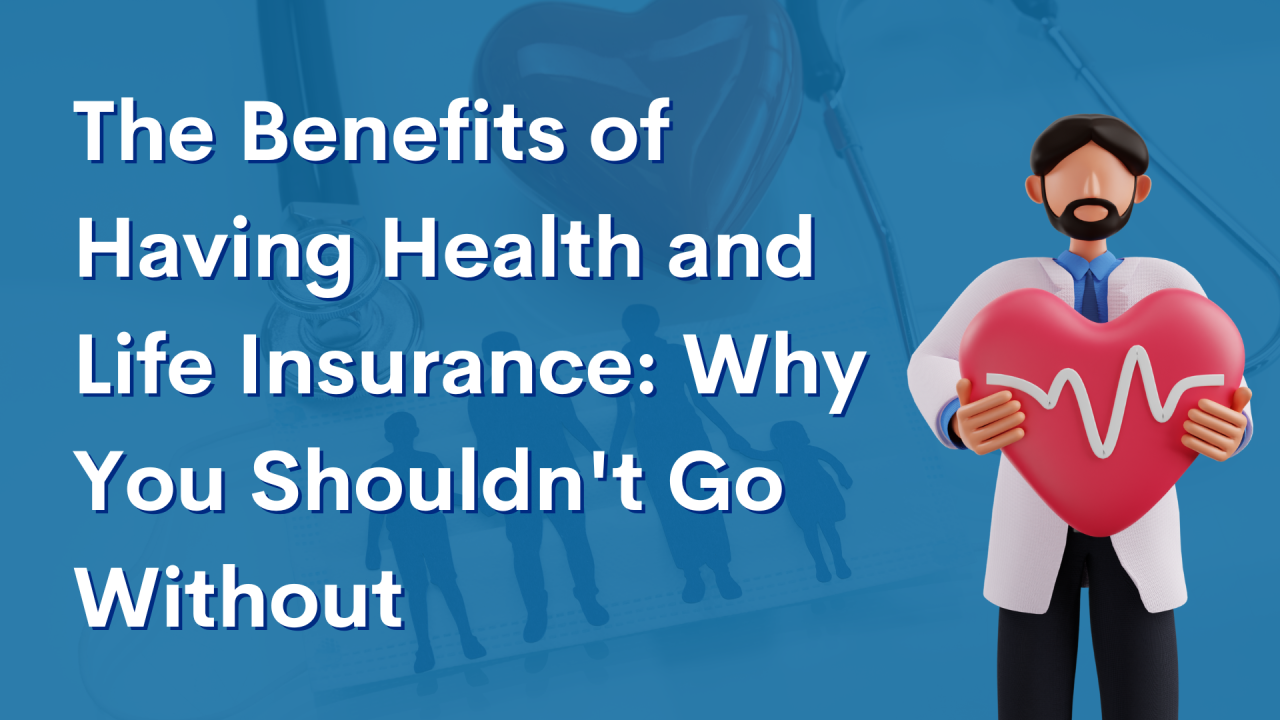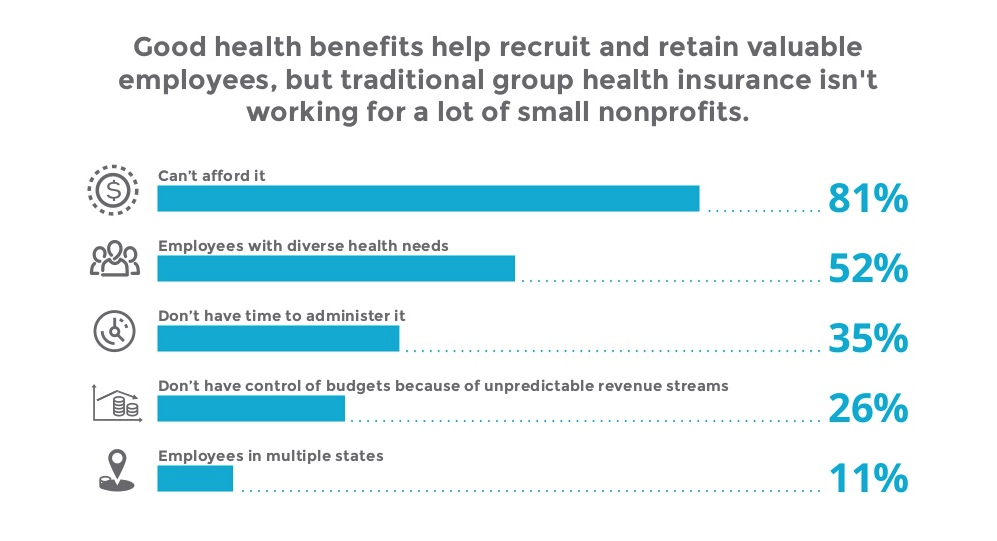What Does Medicare Advantage Agent Do?
Fascination About Medicare Advantage Agent
Table of ContentsMedicare Advantage Agent for BeginnersThe Of Medicare Advantage AgentTop Guidelines Of Medicare Advantage Agent

adheres to from puzzling the fairly young age profile of the uninsured with the better wellness, on standard, of more youthful persons. This covers the link between wellness condition and medical insurance. For those without access to office health and wellness insurance, inadequate health is a potential obstacle to acquiring nongroup insurance coverage because such coverage may be very valued, leave out pre-existing problems, or be just unavailable. The number of without insurance Americans is not especially huge and has actually not altered recently. Seven out of ten respondents in an across the country representative survey thought that fewer Americans did not have medical insurance than actually do(Fronstin, 1998). Roughly half(47 percent )thought that the variety of individuals without medical insurance reduced or stayed continuous over the latter fifty percent of the last decade(Blendon et al., 1999). This decline of practically 2 million in the number of people 'without insurance policy (a decrease
of about 4 percent)is certainly a positive adjustment. With a softer economic situation in 2000 the most current reported gains in insurance policy coverage might not continue(Fronstin, 2001 ). The decline in the variety of uninsured will certainly not continue if the economic climate remains sluggish and healthcare costs remain to outmatch inflation. This is because the data were accumulated for a period of solid financial efficiency. Of the approximated 42 million individuals that were without insurance, almost about 420,000(regarding 1 percent)were under 65 years old, the age at which most Americans become qualified for Medicare; 32 million were grownups in between ages 18 and 65, around 19 percent of all grownups in this age; and 10 million were kids under 18 years old, about 13.9 percent of all youngsters (Mills, 2000). These quotes of the number of persons uninsured are generated from the annual March Supplement to the Current Populace Study (CPS), conducted by the Census Bureau. Unless otherwise noted, national price quotes of people without medical insurance and proportions of the population with various sort of insurance coverage are based upon the CPS, the most widely made use of resource of quotes of insurance coverage and uninsurance prices. These surveys and the estimates they produce are explained briefly in Table B. 1 in Appendix B - Medicare Advantage Agent. These surveys differ in dimension and tasting techniques, the questions that are asked about insurance policy
Not known Incorrect Statements About Medicare Advantage Agent
insurance coverage, and the time duration over which insurance policy coverage or uninsurance is gauged(Lewis et al., 1998, Fronstin, 2000a ). Still, the CPS is particularly valuable because it generates annual quotes relatively swiftly, reporting the previous year's insurance coverage approximates each September, and due to the fact that it is the basis for a constant collection of price quotes for greater than twenty years, enabling analysis of fads in coverage in time.

More About Medicare Advantage Agent
Over a three-year period starting early in 1993, 72 million people, 29 percent of the U.S. populace, were without coverage for a minimum of one month. Within a solitary year(1994), 53 million individuals experienced at least a month without insurance coverage(Bennefield, 1998a). Six out of every ten uninsured adults are themselves employed. Although functioning does improve the probability that one and one's relative will certainly have insurance coverage, it is not a guarantee. Also members of family members with two full time wage income earners have practically a one-in-ten opportunity of being without insurance (9.1 percent without insurance price)(Hoffman and Pohl, 2000 ). The connection between health and wellness insurance policy and access to care is well established, as recorded later on in this phase. The relationship between health and wellness insurance policy and health and wellness end results is neither straight neither simple, a comprehensive scientific and wellness solutions study literary works links health and wellness insurance policy coverage
to improved better accessibility care, better far better, and improved enhanced and population health status. For instance, the second report, on personal wellness end results for without insurance grownups, is represented by the innermost circle of the number, while the third report, on family well-being, incorporates the topics of the 2nd report but emphasizes a various system of analysis, namely, the family members. The 6th report in the collection will certainly provide information concerning methods and campaigns taken on locally, statewide, or country wide to deal with the lack of insurance policy and its negative impacts. Degrees of analysis for analyzing the results of uninsurance. This discussion of health insurance policy coverage concentrates mainly on the united state population under age 65 due to the fact that essentially all Americans 65 and older have Medicare or other public insurance coverage.
It focuses particularly on those without any type of wellness insurance policy for any length of time. The issues faced by the underinsured are in some respects similar to those faced by the uninsured, although they are typically less serious. Uninsurance and underinsurance, nevertheless, include noticeably various policy problems, and the techniques for find out here addressing them may vary. Throughout this research and the 5 records to comply with, the primary emphasis gets on individuals without any medical insurance and therefore no support in paying for healthcare past what is readily available via charity and safety and security web establishments. Medical insurance is an effective element affecting receipt of treatment since both clients and physicians react to the out-of-pocket rate of services. Medical insurance, nonetheless, is neither needed neither adequate to acquire access to medical services. The independent and direct effect of health and wellness
insurance insurance policy protection access accessibility health services is well establishedDeveloped Others will obtain the health and wellness care they require even without health insurance, by spending for it out of pocket or seeking it from service providers who use care free or at extremely subsidized rates. For still others, medical insurance alone does not make certain receipt of care due to the fact that of other nonfinancial obstacles, such as a lack of wellness care carriers in their community, minimal access to transportation, illiteracy, or etymological and cultural differences. Official research concerning uninsured populations in the United States dates to the late 1920s and very early 1930s when the Board on the Cost of Treatment generated a collection of records about funding medical professional office brows through and hospitalizations. This problem came to be salient as the numbers of clinically indigent climbed up throughout the Great Anxiety. Empirical researches constantly sustain the link in between access to care and improved health and wellness end results(Bindman et al., 1995; Starfield, 1995 ). Having a normal source of treatment can be thought about a forecaster of accessibility, rather than a straight measure of it, when wellness results are themselves made use of as gain access to indications. This extension of the notion of accessibility dimension was made by the IOM Board on Monitoring Accessibility to Personal Healthcare Services(Millman, 1993, p. Whether or not parents my response are guaranteed appears to affect whether or not their kids receive care in addition to just how much careeven if the children themselves have coverage(Hanson, 1998). The health of parents can impact their ability to take care of their children and the level of family stress. Fretting about their youngsters's access to care is itself a source of stress for moms and dads. Three chapters comply with in this report. Chapter 2 provides an overview of just how employment-based wellness insurance, public programs and specific insurance policy plans operate and interact to give considerable yet incomplete protection of the U.S. populace. This consists of a testimonial of historic trends and public plans influencing both public and exclusive insurance, a conversation of the communications among the different kinds of insurance coverage, and an assessment of why people relocate from one program to one more or wind up
